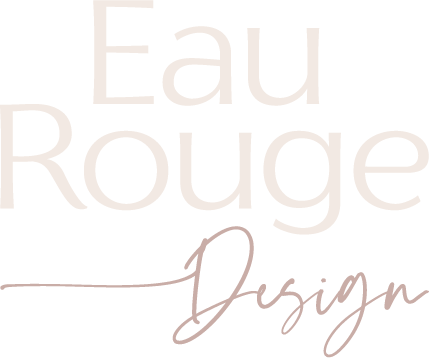What is a branding mood board and why create one?
A mood board is a collection of images, swatches and words that evoke a feeling or visual style.
I create mood boards for my clients to help them:
visualise their ideal clients
research their competitors and other businesses who share the same ideal client
evoke their brand persona
Take a look at the different types of mood board that give you clarity and confidence in your brand …
1: Visualising your ideal clients:
The more questions you can ask of your theoretical ideal clients, the more imagery can go on the mood boards.
Here are some top level and deeper questions to ponder:
Are they male or female?
What brings them joy?
How much do they earn?
Where do they currently buy the thing you offer from?
Where do they go on holiday?
What challenges do they face?
Are they single or in a relationship?
Do they have children?
What impresses them?
How old are they?
Where do they do their food shopping?
What are they worried about?
Mood boards are certainly something you can create yourself, and they are definitely worth doing to help you to speak to your ideal client every day!
The more questions you can ask of your theoretical ideal client, the more imagery can go on the mood board. With the answer to the questions above - and any more Qs you can think of - start to look for imagery that represents the answers.
You can do this on your computer in Powerpoint, Keynote, Word or Canva. Start by looking for images from free stock image websites such as unsplash.com, pixabay.com and the inspiration powerhouse that is Pinterest. You can also create mood boards by hand by cutting out images from relevant magazines or books and popping them in a sketchbook.
Give these personas names and ages - get to ‘know’ them. The likelihood is that they are - in some part - based on an existing client or someone you know - this should help you pad-out their persona.
Here are a couple of ideal client mood boards I created for a fictional dog clothing website called PugHug:
There are loads of inspiring images on each mood board that can help you to create relevant content around your product or service - (think travel, food, social, family). The aim is for your ideal clients to see that ‘you get them’ - you understand the issues and interests they have and that you are interested in them too.
Taking a quick look at a visual representation of your ideal clients every time you want to create content is a brilliant way to check in on them and imagine what they might be seeing, thinking or experiencing right now.
When I create these for my clients, I go much deeper into who these people are and the tone of voice and feelings they need to feel. This clarity helps myself and my client to keep on brief in my branding development. I also use them to check-in with my client to make sure they are happy with my brand strategy at each stage of the design process.
2: Visualising your aligned brands:
So you should have a good idea of your ideal client now, so start to think about the other products and services that these people use or aspire to use. You don’t want to look too closely at your direct competitors, but at complementary services who serve the same people.
In the mood board below - for a plant nursery branding project - As well as looking at other garden centres, I was researching hotels, pubs, cafes, restaurants, cookbooks, interiors that also served the same ideal client. Being inspired by these complementary businesses breeds a recognition that your ideal client will feel is familiar. It also gives you the opportunity to create unique, tailored and interesting content, rather than rehashing the same as your direct competitors.
This mood board development stage is important, and having a strategic third-party like me in to create it helps to get a feel of where your brand will sit in the market place, without imposter syndrome or other emotions and confusion getting in the way.
3: Brand development:
So we should have a good idea of the essence of your brand by now and we will find images that convey the feelings that your ideal clients need to feel when they see your brand in action online or in print. A mood board will help bring things into focus, like the brand persona, vision, identity, and those core emotions you want your ideal clients to feel. All the elements on the mood board should exude how you want your brand to look and feel.
This is the one stage where a curated pinterest board might be good enough, but for my clients I always create a digital board of their own.
But whether this is pinterest or bespoke, every element needs strict curation, because this is also where you’ll only showcase the colours, typography, textures and image styles that will become part of your brand.
For me, this is a key stage where the client and I agree on the vision before I work on the brand identity.
Here’s a sneak peak at a mood board for a branding project I’m working on right now:
It evokes the right mood and feelings that my client and I are aiming for with their new business - so watch this space!





